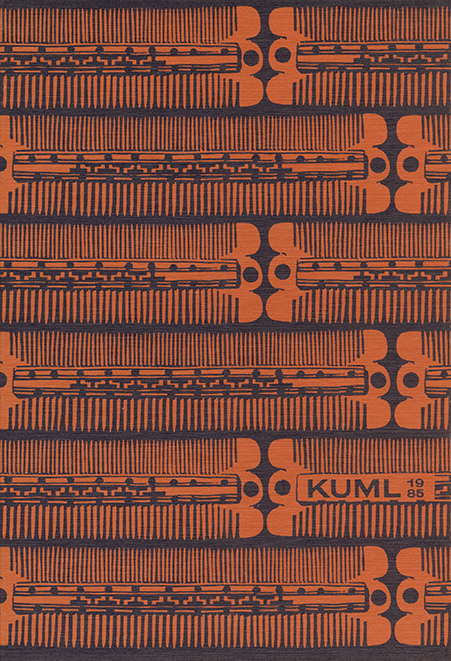The Finding of Denmark’s oldest Stone-Age settlement
DOI:
https://doi.org/10.7146/kuml.v33i33.109704Keywords:
Bromme, stone age, settlementAbstract
The Finding of Denmark's oldest Stone-Age settlement
After several years of systematic exploration Erik Westerby succeeded in localising in 1944 the first palaeolithic settlement site in Denmark, at Bromme near Sorø in western Sealand. He was set on the track by the discovery, during reconnaissance, of a tanged arrowhead in the freshly ploughed soil.
The settlement lies on a low hill at the edge of a little peat-filled hollow, which in prehistoric times would have been a shallow lake. In the course of a couple of trial excavations during the first year Westerby identified a thin occupation layer immediately above the morraine and covered by a sterile sand layer. The occupation layer contained a quantity of irregular flint debitage and blades, as well as a few burins, scrapers and tanged arrowheads. No bone or antler had survived. Pollen analysis placed the site in the Allerød period.
Through meticulous observation Westerby was able to show that a number of the flintbearing strata had been contaminated as a result of soil movement, and that it was only at the foot of the hill and in the hollow, where the soil and gravel strata lay deeper, that one could be certain that the objects found belonged to the palaeolithic settlement. For in the higher levels traces were found of at least two later settlements, from the mesolithic and the neolithic periods respectively.
Illness prevented Westerby from continuing the excavations at Bromme, and they were accordingly taken over by the National Museum, whose investigations in all essentials confirmed Westerby's findings.
Erik Westerby
Downloads
Published
How to Cite
Issue
Section
License
Fra og med årgang 2022 er artikler udgivet i Kuml med en licens fra Creative Commons (CC BY-NC-SA 4.0).
Alle tidligere årgange af tidsskriftet er ikke udgivet med en licens fra Creative Commons.


